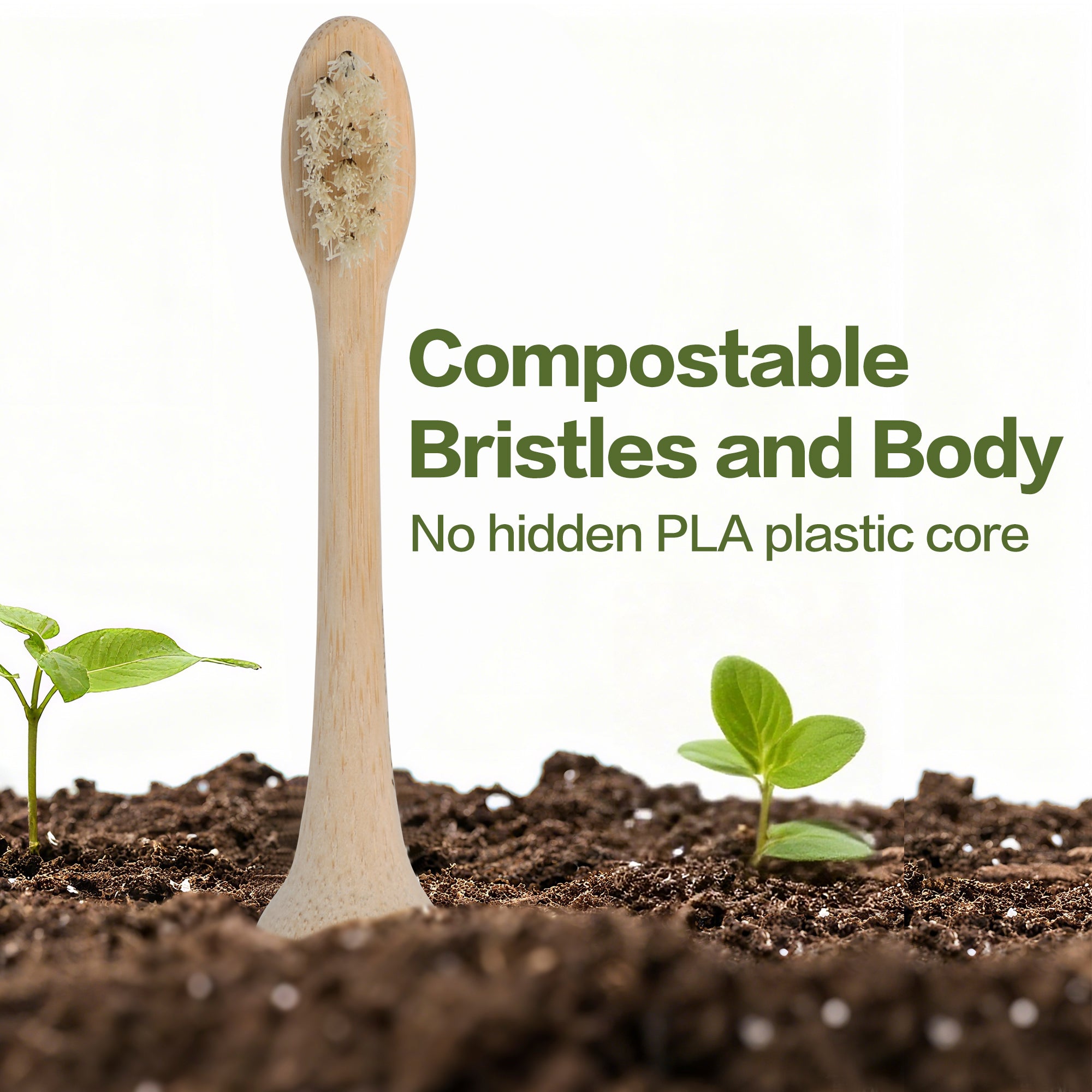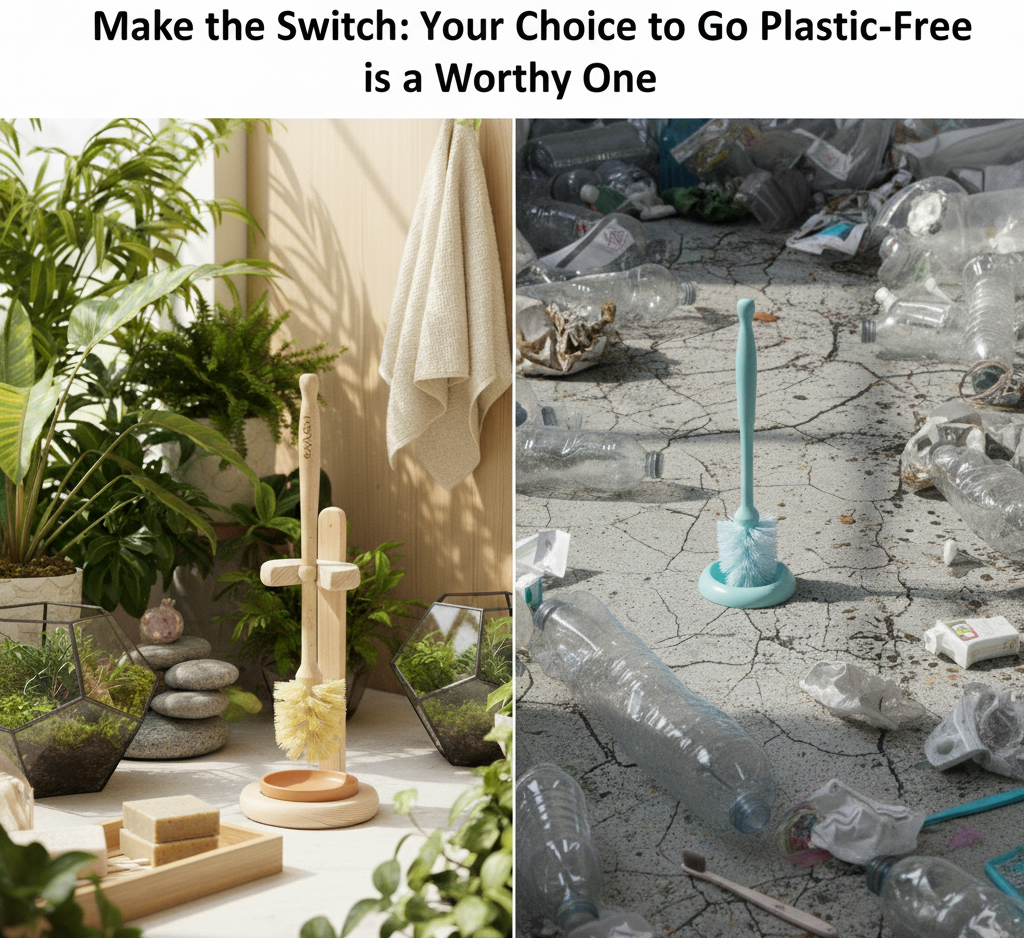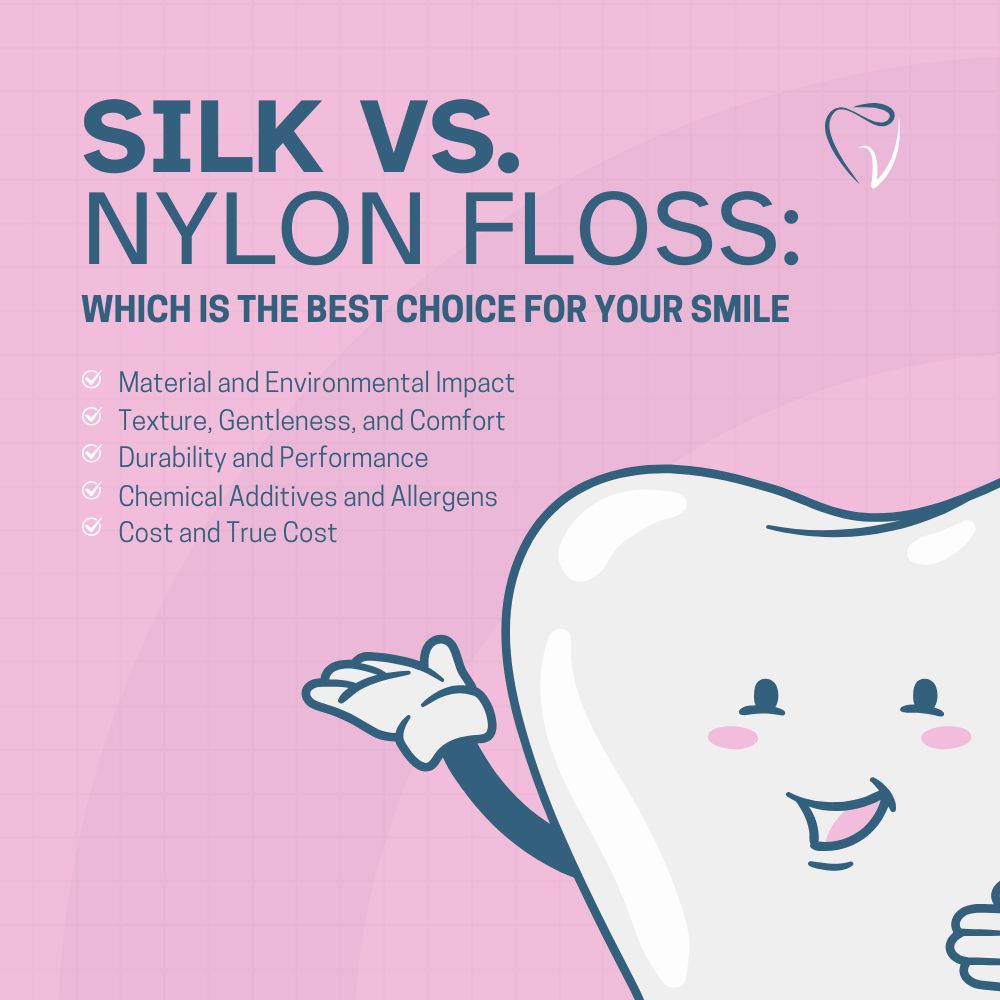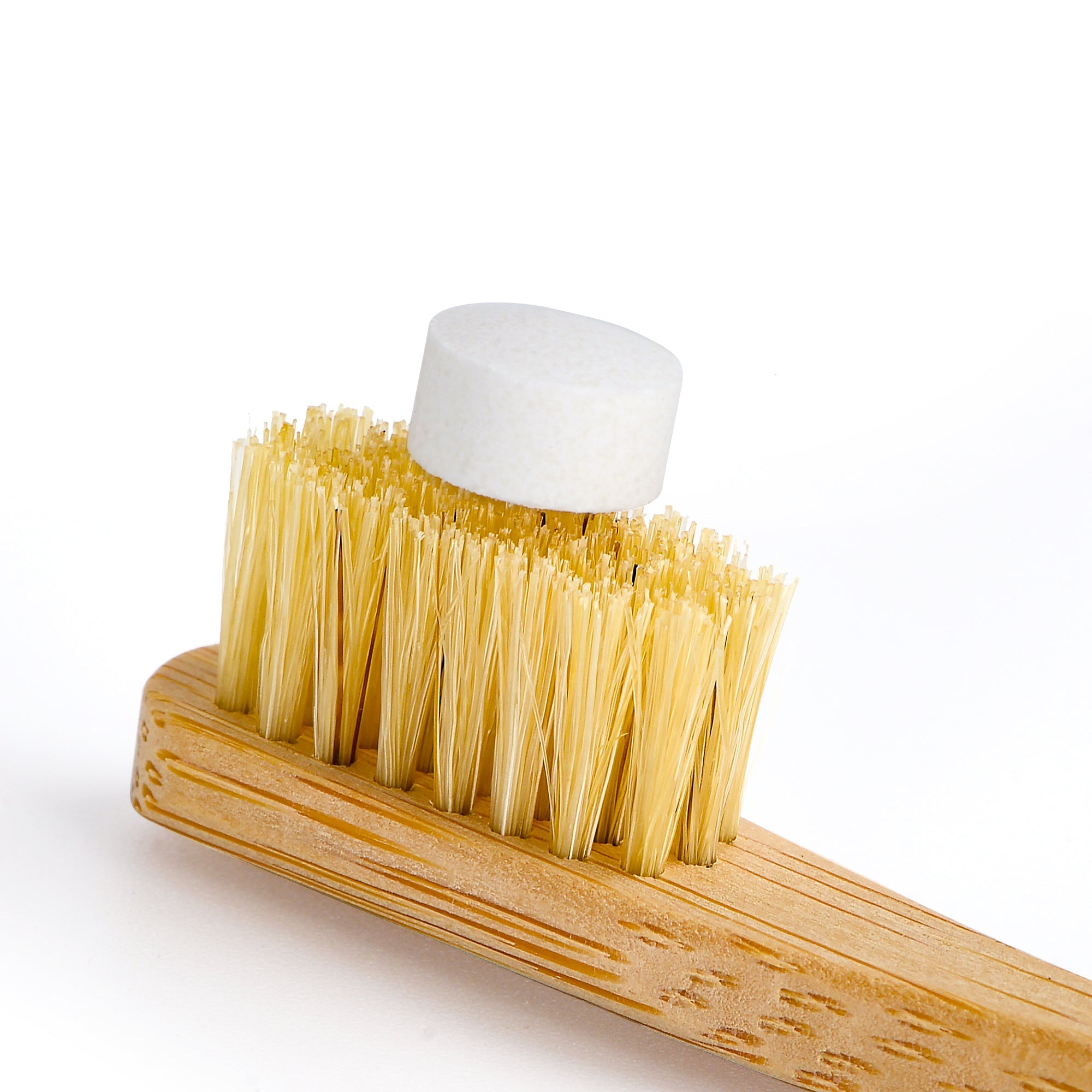The journey from farm to table is not as straightforward as it may seem, with each step posing a potential risk of contamination.
Unbeknownst to many, plastic chemicals, specifically plasticizers like phthalates and bisphenols, have infiltrated various food items, raising concerns about their impact on health. It isn't just food, but all consumer products that we should try to replace with natural alternatives.
This summary delves into the Consumer Reports investigation, highlighting the alarming findings, potential health risks, and the urgent need for regulatory action.

Plasticizers in the Food Chain:
Plasticizers, chemicals used to enhance plastic flexibility, have become unwelcome stowaways in our meals. Phthalates, the most prevalent plasticizers, and bisphenols like BPA are omnipresent, raising health concerns even at minimal exposure levels.
Consumer Reports' recent extensive testing of nearly 100 foods has revealed distressing results, showing widespread presence across various products.
Disturbing Findings:
The investigation focused on both phthalates and bisphenols, uncovering unsettling truths. Phthalates were found in almost every tested food item, including popular brands and even organic products.
The levels varied significantly, challenging assumptions about the safety of certain food categories. Notably, some seemingly healthier options, like Annie's Organic cheesy ravioli, exhibited the highest phthalate levels. Nobody, put that in the amazon reviews yet.
Quotes and Citations:
"Our tests of nearly 100 foods found that despite growing evidence of potential health threats, bisphenols and phthalates remain widespread in our food." - Consumer Reports
"For example, we found high levels in... Wendy’s crispy chicken nuggets, a Chipotle chicken burrito, and a Burger King Whopper with cheese." - Consumer Reports
"Organic products were just as problematic: In fact, the highest phthalate levels we found were in a can of Annie’s Organic cheesy ravioli." - Consumer Reports
The Routes of Contamination:
Identifying the sources of these harmful chemicals in our food supply is complex. While early efforts focused on packaging, it is now evident that phthalates, especially, can infiltrate food through various avenues.
The plastic used in processing equipment, conveyor belts, and even contaminated water and soil contribute to the pervasive presence of these chemicals. This multifaceted contamination pathway makes it challenging to pinpoint and regulate safe exposure levels.
Quote:
"The trouble is, there are so many ways these chemicals enter our food... it’s now clear that phthalates in particular can also get in from the plastic in the tubing, conveyor belts, and gloves used during food processing." - Consumer Reports
Health Risks:
Bisphenols and phthalates, classified as endocrine disruptors, pose a significant threat to human health. These chemicals can interfere with hormone production and regulation, leading to various health problems.
The cumulative nature of exposure, coupled with the body's challenges in eliminating these chemicals, raises concerns about the long-term impact on health.
Quotes and Citations:
"Growing research shows that they are endocrine disruptors, which means that they can interfere with the production and regulation of estrogen and other hormones." - Consumer Reports
"Even minor disruptions in hormone levels can contribute to an increased risk of several health problems, including diabetes, obesity, cardiovascular disease, certain cancers, birth defects, premature birth, neurodevelopmental disorders, and infertility." - Consumer Reports
Testing and Results:
Consumer Reports conducted extensive testing on 85 different food items, analyzing two or three samples of each. While the findings on bisphenols, especially BPA, offered some reassurance with lower levels than in 2009, the same could not be said for phthalates.
Phthalates were present in all but one tested food, with levels surpassing those of bisphenols. However, regulatory thresholds, primarily for BPA, were not exceeded in the tested samples.
Quotes and Citations:
"While we detected them in 79 percent of the tested samples, levels were notably lower than when we last tested for BPA, in 2009." Consumer Reports
"We found them in all but one food (Polar raspberry lime seltzer). And the levels were much higher than for bisphenols." - Consumer Reports
"Regulators in the U.S. and Europe have set thresholds for only bisphenol A (BPA) and a few phthalates, and none of the foods CR tested had amounts exceeding those limits." - Consumer Reports
Urgent Call for Action:
The regulatory landscape concerning these harmful chemicals in food is far from satisfactory. While there have been strides in limiting these chemicals in certain products, the same urgency has not been applied to food.
Existing regulatory thresholds are criticized for not reflecting the latest scientific knowledge and potentially failing to protect against all health effects. The absence of comprehensive limits and regulations for plastic-related chemicals in food packaging and production poses a significant risk to consumers.
Quotes and Citations:
"The decision to allow these chemicals in food 'is not evidence-based,'" - Consumer Reports"
The more we learn about these chemicals, including how widespread they are, the more it seems clear that they can harm us even at very low levels." - Consumer Reports"
Since bisphenols and phthalates are hazardous chemicals, they should not be allowed at all in food-contact materials." - Consumer Reports
Industry Responsibility:
Consumer Reports emphasizes the need for proactive measures from both the food industry and regulatory bodies. The absence of substantive limits on plastic-related chemicals in food packaging and production necessitates a collaborative effort.
While some companies responded to Consumer Reports' findings, others remained silent. The call for industry responsibility extends beyond adherence to existing regulations, urging companies to set specific goals for reducing and eliminating these harmful chemicals throughout their supply chains.
Quote:
"Supermarket and fast-food chains, as well as food manufacturers, should also be required to take action, Rogers says, and should set specific goals for reducing and eliminating bisphenols and phthalates from all food packaging and processing equipment throughout their supply chains." - Consumer Reports
The Path Forward:
As concerns about the health risks associated with plastic chemicals in food escalate, there is a collective call for a reassessment of regulations. The Consumer Reports' investigation underscores the need for more stringent measures, urging chemical companies to develop safer alternatives.
Given the government's track record on monitoring and doing anything about plastic pollution I think we are in trouble unless we all start our own plastic-free journey.
The concept of green chemistry, focusing on nontoxic, biodegradable, and renewable materials, is posited as a potential solution. While acknowledging the challenges, the imperative is clear – finding functional yet safer materials for food packaging and processing.
Quote:
"More chemical companies need to step up, too, by creating safer, more sustainable materials." - Consumer Reports
Consumer Reports' Ongoing Battle:
Consumer Reports has been at the forefront of advocating for safer food practices since 1998. From the discovery of phthalates in plastic wraps to the recent revelation of phthalates and related chemicals in nearly all tested foods, the fight for a safer food supply continues.
The milestones outlined in this summary highlight the consistent efforts to raise awareness, push for regulations, and ensure the safety of the food consumed by millions.
Quotes and Citations:
"Consumer Reports has been at the forefront of advocating for safer food practices. Since 1998, we have consistently pushed for regulations and awareness regarding plasticizer chemicals." Consumer Reports
Conclusion:
The hidden dangers of plastic chemicals in our food demand immediate attention and comprehensive regulatory measures. Consumer Reports' latest investigation reveals the ubiquity of phthalates and bisphenols, signaling a potential threat to public health. Urgent action is needed from regulatory bodies, the food industry, and chemical companies to reassess current regulations, set stringent limits, and develop safer alternatives. As the battle for a safer food supply continues, consumers are encouraged to stay informed and take proactive steps to limit exposure to these harmful chemicals.










